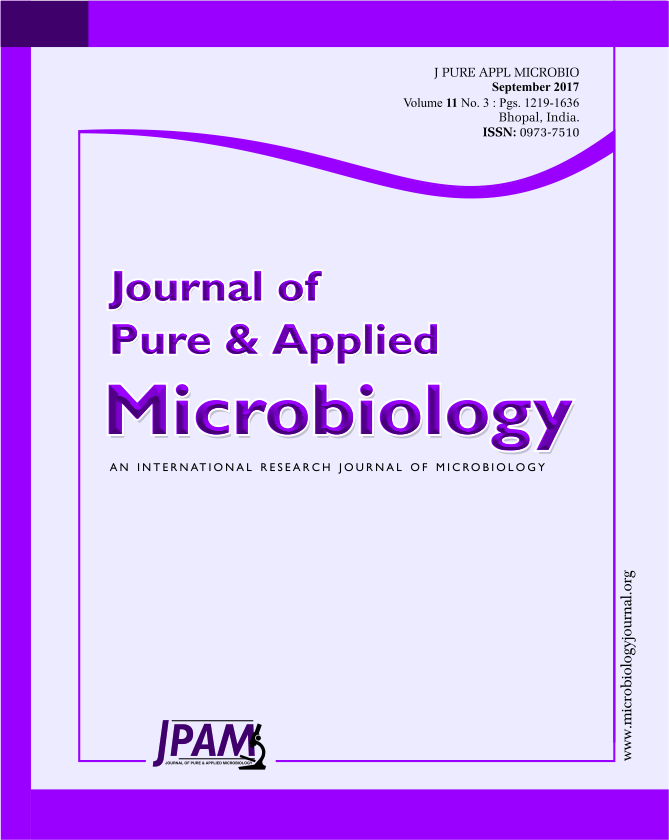Biosynthesis of silver nanoparticles was achieved using cell filtrate from submerged fermentation of Fusarium oxysporum. It was found that AgNO3 reduced to Ag nanoparticles when exposed to the cell filtrate and the colour of solution was dark brown with absorbance peak at 430 nm wavelength. TEM micrograph showed spherical AgNPs with range 10-25 nm in dimension and was well dispersed. AgNPs show high stability in solution due to biological stabilizing and capping agents released from fungus, and have negative charge -25mv. Biosynthesized AgNPs have high potential antibacterial and antifungal activity, highest inhibitory zone was (27) mm against Candida albicans. The synergistic effect of AgNPs gave highest fold increase (10) against E. coli, followed by (5) fold against Staphylococcus auras using Azithromycin and levofloxacin as standard antibiotics respectively.
Biosynthesis, silver nanoparticles, antibacterial, synergic.
© The Author(s) 2017. Open Access. This article is distributed under the terms of the Creative Commons Attribution 4.0 International License which permits unrestricted use, sharing, distribution, and reproduction in any medium, provided you give appropriate credit to the original author(s) and the source, provide a link to the Creative Commons license, and indicate if changes were made.
© The Author(s) 2017. Open Access. This article is distributed under the terms of the Creative Commons Attribution 4.0 International License which permits unrestricted use, sharing, distribution, and reproduction in any medium, provided you give appropriate credit to the original author(s) and the source, provide a link to the Creative Commons license, and indicate if changes were made.


